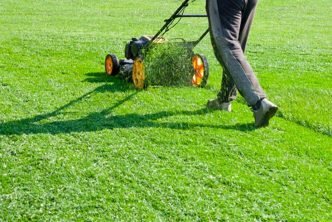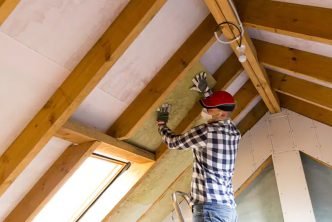Termites are tiny, social insects can infest your home and cause significant structural damage before you even realize they’re there. Detecting the signs of termites early is crucial to prevent costly damage and ensure the long-term integrity of your property. In this, we will explore the various signs of termites infestation and discuss how to deal with these destructive pests.
Table of Contents
1. Mud Tubes:
One of the most distinctive signs of termites is the presence of mud tubes. Termites build these narrow, pencil-sized tubes to connect their nests in the soil to the wood they are infesting. These tubes protect the termites from predators and maintain a controlled environment for them to travel between their colony and their food source. If you find mud tubes along the foundation, walls, or wooden structures of your home, it’s a clear indicator of a termite infestation.
2. Swarmer’s:
Swarmer’s, or termite reproductive, are winged termites that emerge from mature colonies to establish new colonies. Termiteswarmer’s have straight antennae, a uniform waist, and equal-length wings, while flying ants have bent antennae, a constricted waist, and wings of different lengths.
3. Discarded Wings:
After a termite swarmer mates, it sheds its wings, leaving them behind as evidence of their presence. You may find piles of these discarded wings near windows, doors, or other entry points. The presence of wings is a clear indication that a termite colony may be nearby.
4. Hollowed or Damaged Wood:
Termites feed on cellulose, which is found in wood, paper, and plant material. When termites infest a wooden structure, they hollow it out from the inside, leaving only a thin layer of wood or paint on the surface. If you tap or knock on a wooden surface and it sounds hollow, it could be a sign of termite damage. Additionally, you may notice small holes or tunnels on the surface of the wood.
5. Noises in Walls:
In some cases, you may be able to hear termites at work. They are noisy eaters, and you might hear a soft, rustling sound coming from within your walls or wooden structures. If you hear unusual sounds that seem to be originating from the wood, it’s a good idea to investigate further for potential termite activity.
6. Frass or Termite Droppings:
Termites produce small, pellet-like droppings known as frass. This excrement is often pushed out of tiny openings near the infested wood or found in small piles beneath the infested area. The color and size of frass may vary depending on the type of termite, but its presence is a clear sign of an infestation.
7. Sagging Floors or Ceilings:
Extensive termite damage can weaken wooden structures, causing floors and ceilings to sag or warp. If you notice any unusual structural changes in your home, it could be due to termite infestation. This is a more advanced sign and indicates a long-term infestation that requires immediate attention.
8. Difficulties with Doors and Windows:
Termite damage can cause wooden doors and windows to become difficult to open or close. If you suddenly find that your doors and windows don’t function smoothly as they used to, termites might be the culprits.
9. Cracked or Bubbling Paint:
Termites can cause paint to crack, bubble, or blister as they create tunnels and galleries within the wood. If you notice unusual paint damage, particularly near wooden surfaces, it’s worth investigating further to rule out termite activity.
10. Head Banging:
Certain termite species are known for “head banging” behavior. When soldier termites sense danger or disturbance, they will tap their heads on the wood or make a tapping noise to alert other termites to a potential threat. If you hear tapping or unusual noises coming from the walls or wooden structures, it could be an indication of termite activity.
Conclusion:
In conclusion, identifying the signs of termite infestation is essential for early intervention and effective pest control. Termites can cause extensive damage to your home, and delaying action can result in costly repairs. Regular inspections, proper maintenance, and professional pest control services are crucial in preventing and addressing termite problems. If you suspect a termite infestation, it is recommended to contact a pest control expert for a thorough inspection and treatment plan to safeguard your property from the silent destroyers.





